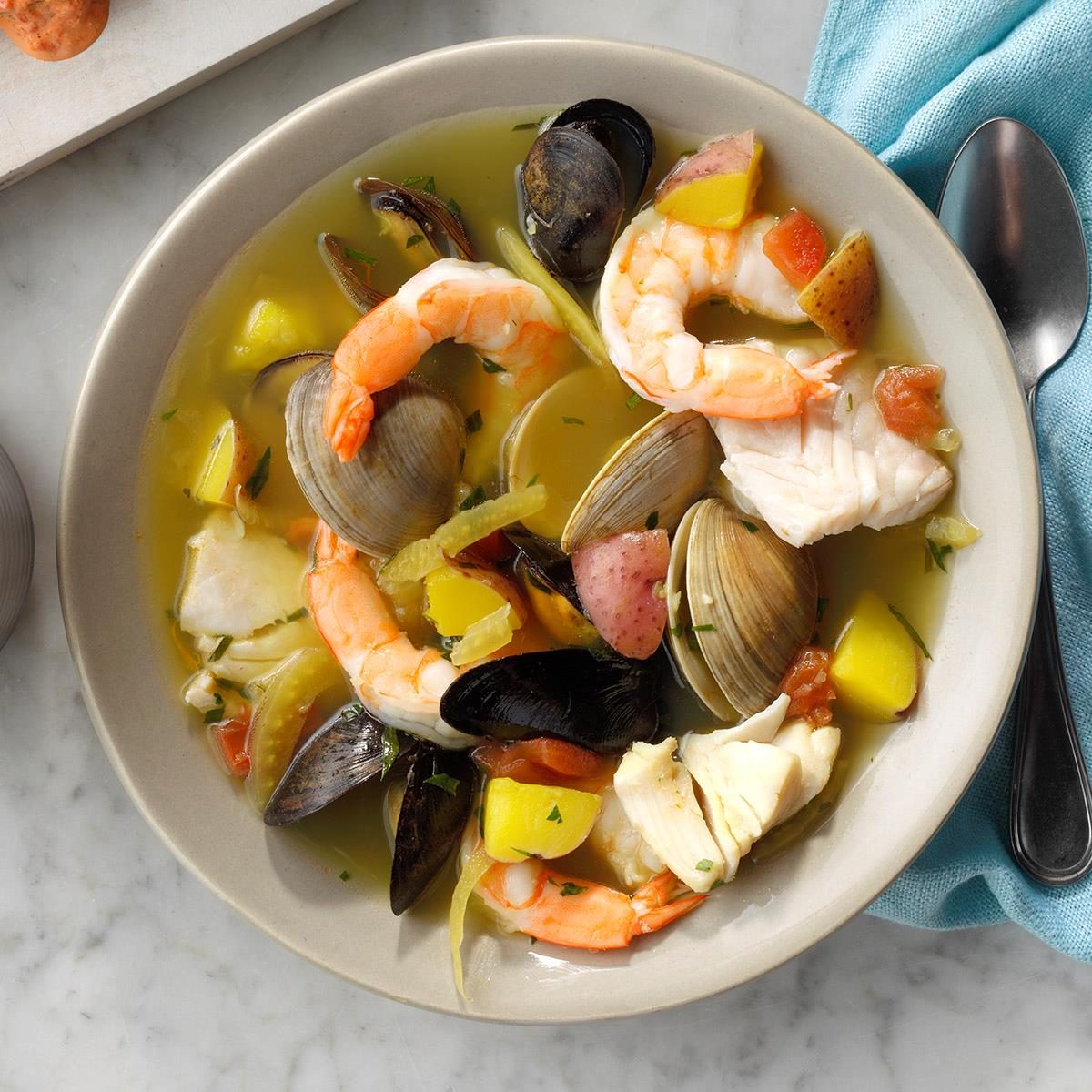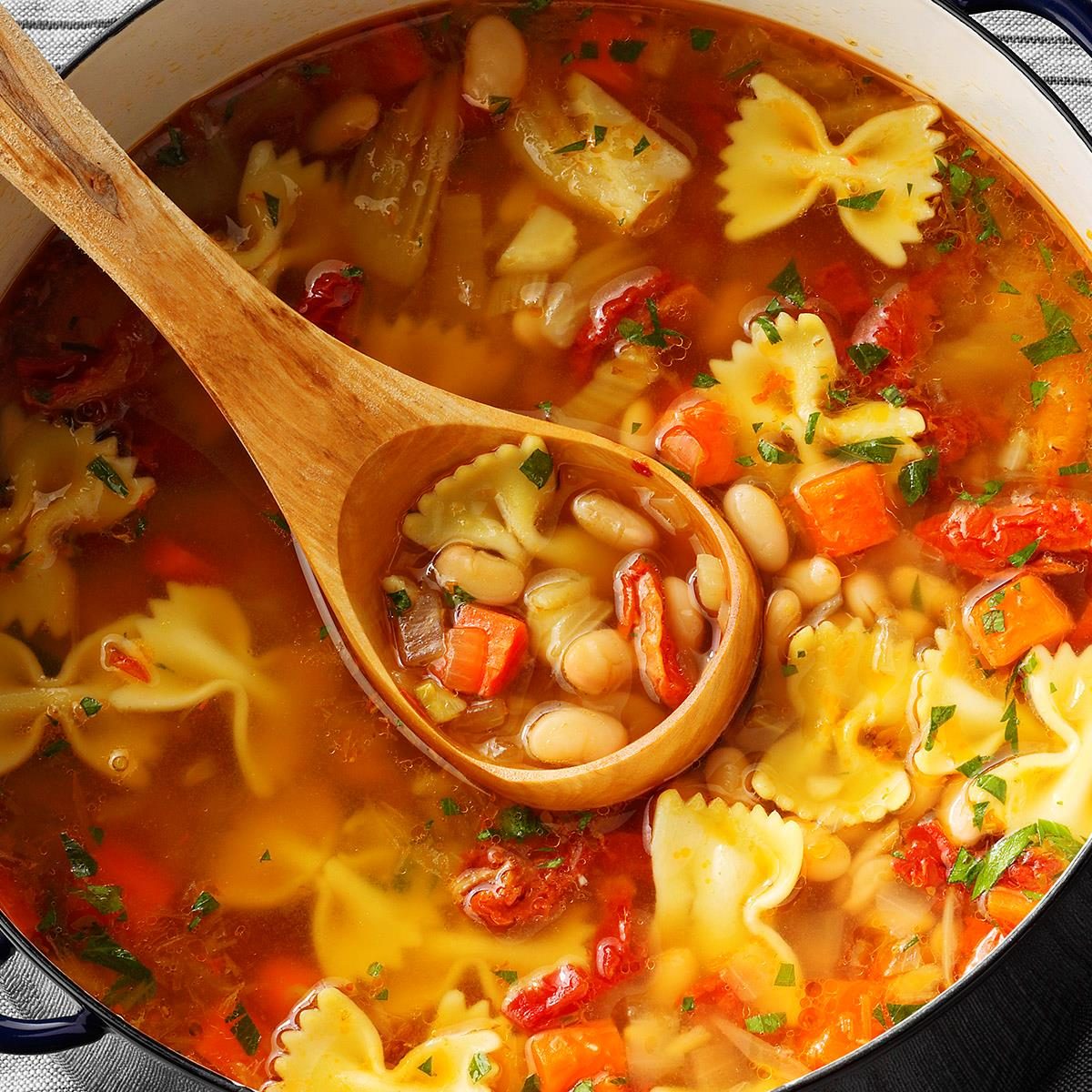Fennel: Important Facts, Health Benefits, and Recipes
Explore the health benefits, culinary uses, and history of fennel with our ultimate guide, and learn how to incorporate this flavorful powerhouse into your diet.
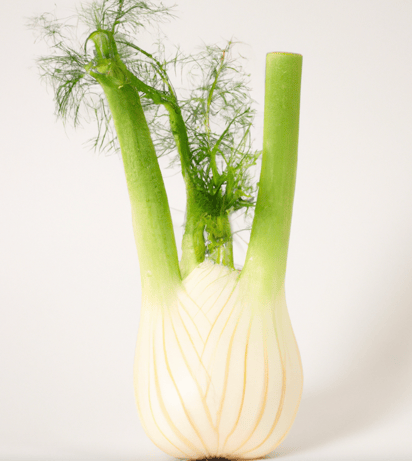
Best Fennel Recipes
-
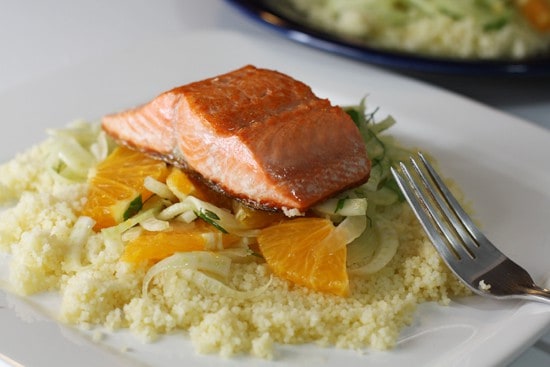
-
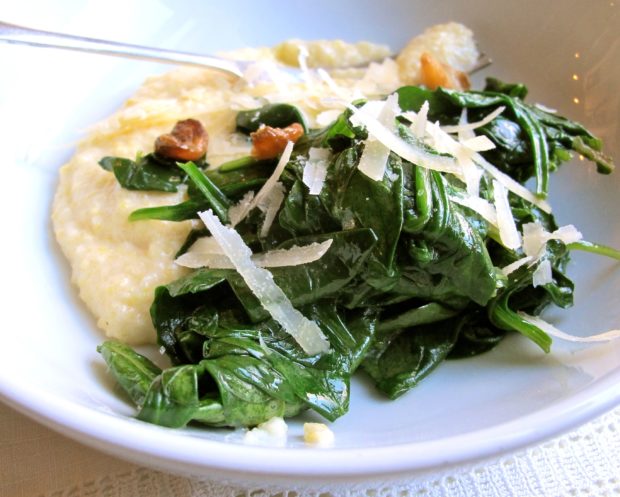
-
:max_bytes(150000):strip_icc()/__opt__aboutcom__coeus__resources__content_migration__simply_recipes__uploads__2011__12__fennel-gratin-horiz-a-1800-7254f13b80da4dbab09a4b2ddb24f092.jpg)
-
:max_bytes(150000):strip_icc()/__opt__aboutcom__coeus__resources__content_migration__serious_eats__seriouseats.com__2018__09__20180823-bouillabaisse-french-fish-soup-liz-clayman-in-bowl-fd66dfd246574977bfcbd5186ff316f5.jpg)
-
:max_bytes(150000):strip_icc()/__opt__aboutcom__coeus__resources__content_migration__serious_eats__seriouseats.com__2020__06__20200614-pork-shoulder-sugo-sasha-marx-9937387b6cdc46e5bf1ac082b3db6dad.jpg)
-
:max_bytes(150000):strip_icc()/__opt__aboutcom__coeus__resources__content_migration__serious_eats__seriouseats.com__2019__02__20190114-radicchio-chicory-anchovy-salad-vicky-wasik-9-dcb3f1bd631c4944b72280e4e050b7bd.jpg)
-
:max_bytes(150000):strip_icc()/__opt__aboutcom__coeus__resources__content_migration__serious_eats__seriouseats.com__recipes__images__2017__04__20170406-salmon-burgers-vicky-wasik-18-3d68f3670e5b4751ab65bca0752e0d70.jpg)
-
:max_bytes(150000):strip_icc()/__opt__aboutcom__coeus__resources__content_migration__serious_eats__seriouseats.com__recipes__images__2015__11__20151102-oyster-dressing-vicky-wasik-13-3e7a78595a4945ddb42de921f695eebb.jpg)
-
![Winter Greens Salad With Fennel, Citrus, and Creamy Citrus Vinaigrette Recipe Image]()
-
![Moroccan Lamb Tagine Recipe Image]()
-
![Sautéed Fennel with Fennel Fronds Recipe Image]()
-
![Fennel Gratin Image]()
-
![This Briny, Savory Stuffing Deserves a Spot on Your Thanksgiving Table Image]()
-
![This Fresh Twist on Classic Potato Salad Will Steal the Show at Your Next Cookout Image]()
-
![Vegetable Stock From 'Heritage' Image]()
-
![Erin's Spring Panzanella with Fresh Peas and Fennel Image]()
-
![Fennel Radicchio Slaw Recipe Image]()
-
![Fennel Spinach Saute Image]()
-
![Lauren's Bouillabaisse Image]()
-
![Salmon Burger Image]()
-
![Pasta and White Bean Soup With Sun-Dried Tomatoes Image]()


:max_bytes(150000):strip_icc()/__opt__aboutcom__coeus__resources__content_migration__serious_eats__seriouseats.com__recipes__images__2015__11__20151110-winter-greens-citrus-salad-kenji-4-1680ba34b4d744db819323fe4d383cdc.jpg)
/peas-fennel-tagine---rani-kinani-3128-x-2346i-56a646523df78cf7728c3311.jpg)
:max_bytes(150000):strip_icc()/Simply-Recipes-Sauteed-Fennel-w-Fronds-LEAD-02-5f240fe982284d5a8e775bf62570d533.jpg)
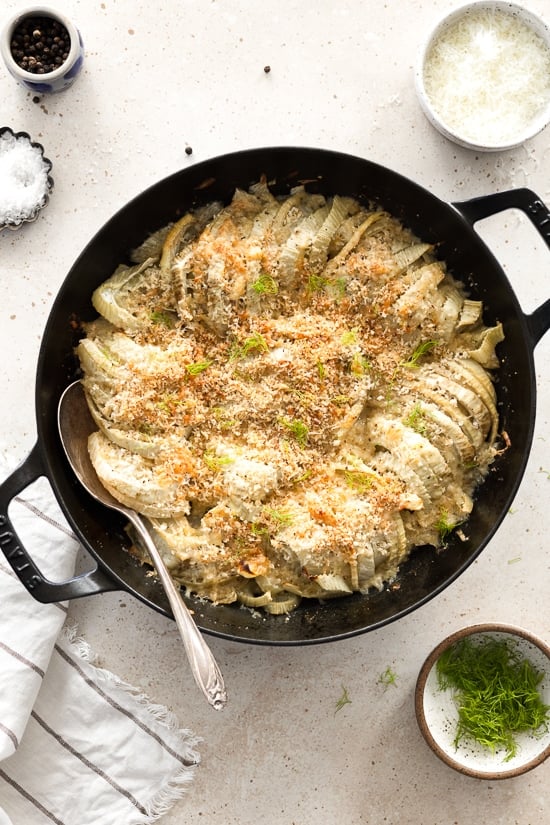
:max_bytes(150000):strip_icc()/20250612-SEA-Green_Goddess_Potato_Salad-StacyAllen-HERO-9a0de58abbff4b9ea6b817aa8c4b9843.jpg)


:max_bytes(150000):strip_icc()/Simply-Recipes-Radicchio-Slaw-LEAD-1-0b8a7e35fdea4cac9362184d4a1dc8c3.jpg)

